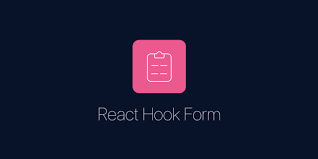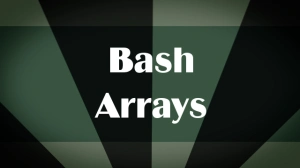Type casting is a way of converting data from one data type to another data type. This process of data conversion is also known as type conversion or type coercion.
In Java, we can cast both reference and primitive data types. By using casting, data can not be changed but only the data type is changed.
Note: type casting is not possible for a Boolean data type.
There are 13 types of conversion in Java. In this article, we will only look at 2 major types:
- Implicit casting.
- Explicit casting.
To read about the other types of casting, refer to this documentation.
Implicit casting
This type of conversion is also known as widening casting. It happens automatically when converting from a narrower range data type to a wider range data type. It also means converting a lower data type like an int to a higher data type like a double.
Implicit casting takes place under two conditions:
- Compatibility of the data types. For example, data types such as numeric are compatible with other numeric data types, but they are not compatible with boolean, char, or string data types. In the same way as
stringis not compatible with a boolean data type. - If the targeted value to be converted has a smaller length e.g. 4 bytes, to a larger data type e.g. 8 bytes.
Implicit casting follows the order of conversion as shown below:
Byte -> Short -> Char -> Int -> Long -> Float -> Double
Let’s look at an example of implicit type casting in Java.
Here, we will convert an int value to a long value and finally to a double value by using a simple assignment operator:
public class Main {
public static void main(String[] args) {
int a = 20;
long b = a; //implicit casting from int to long data type
double c = b; // implicit casting from long to double data type
System.out.println(a);
System.out.println(b);
System.out.println(c);
}
}
Output:
20
20
20.0
We can also convert an int into a double data type by instantiating a double class or by using the double.valueOf() method. This way also applies to converting an int to a long data type.
You can read more on this here.
Explicit type casting
This type of casting involves assigning a data type of high range to a lower range. This process of conversion is also referred to as narrowing type casting.
This is done manually as you need to do the casting using the “()” operator. If we fail to do the casting, a compile-time error will be returned by the compiler.
Explicit casting follows the order of conversion as shown below:
Double -> FLoat -> Long -> Int -> Char -> Short -> Byte
Lets look at an example of explicit casting in Java:
public class Main {
public static void main(String args[]) {
double d = 57.17;
int i = (int)d; // Explicit casting from long to int data type
System.out.println(d);
System.out.println(i); //fractional part lost
}
}
Output:
57.17
57
57
In the example above, we converted the double data type into an int data type. The decimal part of the value is lost after type casting.
Java wrapper class
To convert a primitive data type into an object, we need the wrapper classes. We can take string inputs from the users e.g “1234”, then, convert it to int data type and vice versa. For example:
String a = "1234";
int b = Integer.parseInt(a); // converting string to int
In Java, all primitive wrapper classes are immutable i.e when we create a new object, the old object cannot be changed without exception.
Ways of creating wrapper objects
1. Using Double wrapper class constructor
We can cast an int to double data type by passing the value of int to the constructor of the Double wrapper class.
For example:
public class Main {
public static void main (String args[]) {
int num = 67;
Double myDouble = new Double(num); // using Double wrapper class
// showing the double value
System.out.println("My double is " + myDouble);
}
}
Output:
My double is 67.0
2. Using Java Double valueOf() method
In this method, we convert int to double using the valueOf() method in the Double wrapper class.
public class Main {
public static void main (String[] args) {
int myInt = 67;
Double myDouble = Double.valueOf(myInt);// converting int to double using the Double valueOf() method
System.out.println("My double is " + myDouble);
}
}
Output:
My double is 67.0
Conclusion
In this article, we have looked at the different ways of type casting our data type. We can now easily type cast from one data type to another.
Happy coding!










Comments: